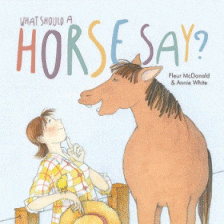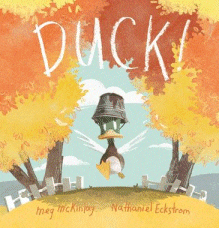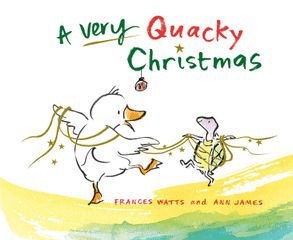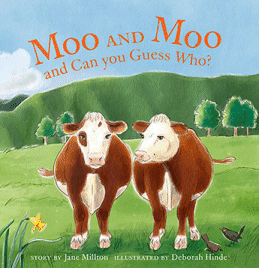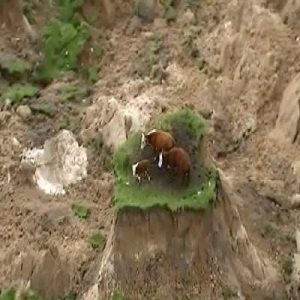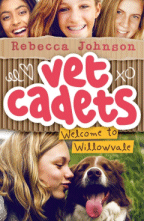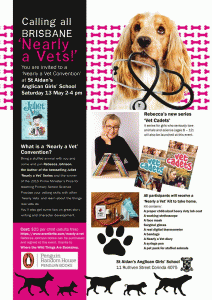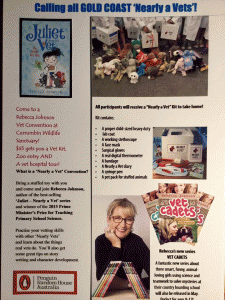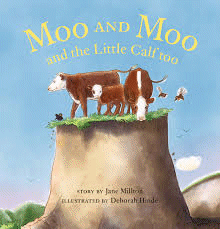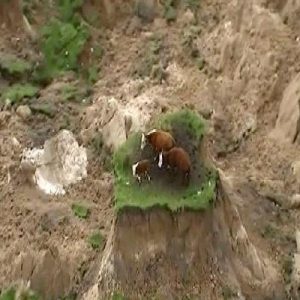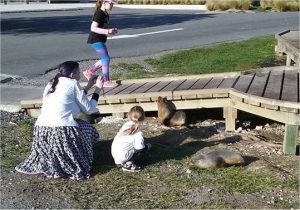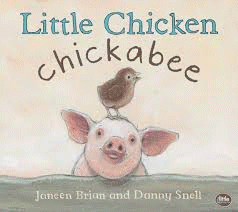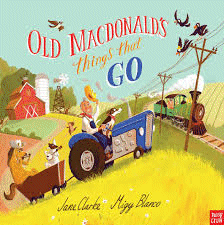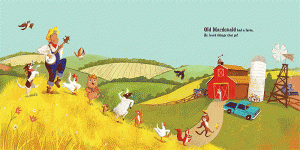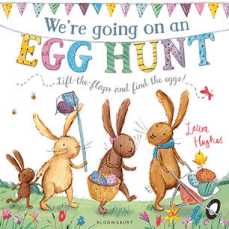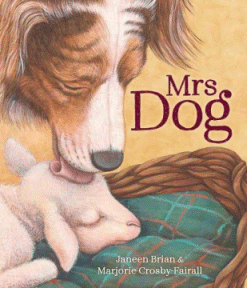
Mrs Dog
Mrs Dog
Janeen Brian
Marjorie Crosby-Fairall
Five Mile Press, 2016
32pp., hbk., RRP $A19.95
9781760066451
Once, not so long ago, Mrs Dog rounded up the Woolly-Heads on the farm, but now, as time has caught up with her as it does with everything, she just follows Tall-One and chases shadows. But one day she finds a tiny lamb, abandoned by its mother because it is so small and weak, and she carries it home to be its foster mother, caring for it as though it were one of her own puppies from a long-ago litter. Gradually, with milk and a cosy blanket from Tall-Two, Baa-rah grew stronger and it was time to see the big wide world. But even though Mrs Dog could teach him to beg and belly-crawl and pounce, she could not teach him to bark. It sounded like he was trying to spit out a fly!
Mrs Dog also taught Bah-raa the dangers of the farm, especially the steep cliff that overhung the river where only Beaky-Wings, the fierce magpies, came back from if you went too close. And it is one of the Beaky-Wings who swoops Mrs Dog, arrow-sharp beak aiming for her eyes that sends Mrs Dog over the cliff! Bah-raa searches everywhere for her, eventually gathering her courage to go closer, closer to the edge and peer over…
How will she save the one who saved her?
This is a page-turning, charming story that has more layers than a bed in winter. It’s about ageing and how there is purpose even though the working life might be over; there is change as roles develop and evolve; there is trust between two not normally friends; there is belief, determination and compassion as older nurtures younger; there is courage as the love is reciprocated and from deep within Bah-raa draws on the most important lesson she learned – how to bark!
While on the surface it is a story about an ageing dog and a young lamb, in many ways it reminded me of the remarkable relationship that developed between Miss Then-8 and Ms 87 as her hospital stays became longer- a relationship that I’ve seen replicated so many times as wrinkles and ageing, aching joints are made invisible, outshone by the love between elder and youngster and the special sparkle that it brings. There wasn’t a dry eye when the young one found the courage to tell the congregation of her love for the older one at the funeral.
Superbly illustrated in intricate detail and a soft palette that add real life to the story, it is a story of hope and love that will lift any heart. Janeen Brian is a master story-teller and Marjorie Crosby-Fairall is the ideal illustrator for a book that should be on the awards lists in the future.
Teaching notes are available but it just provides a wonderful opportunity for our students to talk about their relationships with the older people in their lives and the special things they do together.
